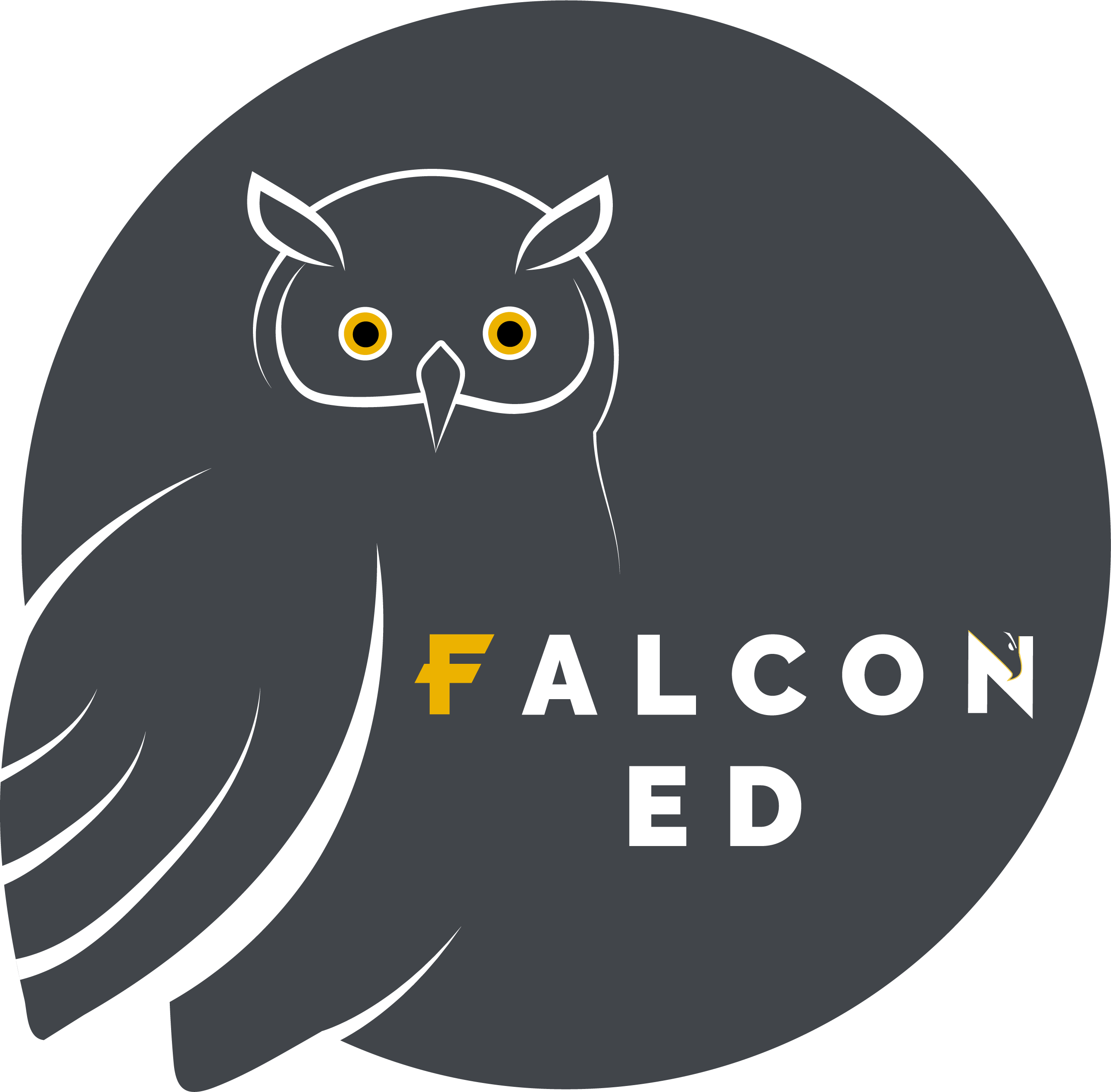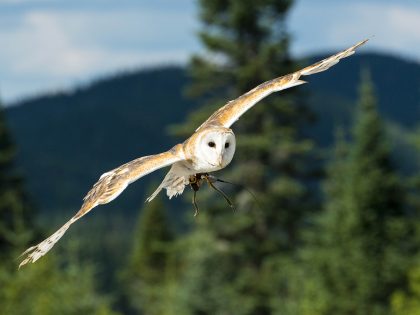WHAT TO LOOK FOR?
When observing birds, there are certain details that will help us identify what species it is. These characteristics are the following:
- The shape or silhouette: This quickly shows us what type of bird it might be (raptor or duck or sparrow or…etc.)
- The size of the bird: We can compare the size of known species with the unknown one, for example is it bigger or smaller than a crow, or a pigeon, or a robin?
- The posture: The way a bird sits on a perch or stands on the ground, either horizontally or vertically, can help us narrow down our search.
- The way it flies: Some birds fly in a very characteristic way; some may soar, others glide, some flap and glide. Flight reveals a lot.
- Behaviour: The way a bird acts alone or with others, and interacts with its environment , helps with identification.
- Distinguishing characteristics: Many birds have unique colour patterns, feathers, beaks, or feet which are easily noticed and make their identification straightforward.
- Colouration: The colours of a bird can vary from season to season, vary with the age of the bird, and vary between individuals of the same species.
- Calls: For those with a good ear, the distinct call of a bird can help figure out what species it is.
- Habitat: Similar looking species live in different types of habitat. Location and habitat can rule out different possibilities.
- Of the characteristics mentioned above, the following are especially important to identify raptors:
- Silhouette and wing and tail shape;
- Flight;
- Colouration, specifically the bands under the tail;
- Habitat.
RAPTOR SILHOUETTES
Here are the flight silhouettes of different types of diurnal birds of prey.
Being able to recognize the silhouette, or shape, of a raptor makes it easier to identify it.
You may download and print this document as a reminder: document (PDF 57 KB)
Falcons (Falco)
Falcons are small, medium or large raptors with long, pointed wings; long tails and squarer heads than other birds of prey. They are quick and agile flyers that are usually found in open areas.
Falcons of Quebec :
- American Kestrel (Falco sparverius)
- Merlin (Falco columbarius)
- Peregrine Falcon (Falco peregrinus)
- Gyrfalcon (Falco rusticolus)
Buteo Hawks (Buteo)
Buteos are medium or large raptors with long, wide, rounded wings and with relatively short fan-shaped tails. Hawks are high-soaring birds that like to perch on lonely snags. They are most often seen in open areas or forested habitats.
Buteos of Quebec :
- Red-tailed Hawk (Buteo jamaicensis)
- Rough-legged Hawk (Buteo lagopus)
- Red-shouldered Hawk (Buteo lineatus)
- Broad-winged Hawk (Buteo platypterus)
Accipitier Hawks (Accipiter)
Accipiters are small or large raptors with relatively short, rounded wings and a long tail. They are very agile and hunt in forests.
Accipiters of Quebec :
- Sharp-shinned Hawk (Accipiter striatus)
- Cooper’s Hawk (Accipiter cooperii)
- Northern Goshawk (Accipiter gentilis)
Harrier
The Harrier has long, narrow wings and a long tail. It can be seen in open areas (fields, marshes, etc.) where it glides a few meters above the ground while hunting.
Harrier of Quebec :
- Northern Harrier (Circus cyaneus)
Vulture
The vulture is a large bird that spends most of its time soaring. Its silhouette is dark and its featherless head appears small. In flight, its primary feathers are very noticeable and look like fingers.
Vulture of Quebec :
- Turkey Vulture (Cathartes aura)
Osprey
The Osprey is a large raptor with a very distinct M-shaped silhouette. A black line that crosses near its eye makes it easy to identify. It is most often seen near large bodies of water since it feeds mainly on fish.
Osprey of Quebec :
- Balbuzard (Pandion haliaetus)
Eagles
Eagles are large raptors with dark silhouettes. They are soaring birds with a silhouette similar to that of a hawk but with proportionally longer wings. The head is also longer because they have bigger beaks.
Eagles of Quebec :
- Golden Eaglel (Aquila chrysaetos)
- Bald Eagle (Haliaeetus leucocephalus)
OBSERVATION TOOLS
BINOCULARS
Binoculars make things look bigger and make them seem closer than they actually are. Beginners should buy binoculars with a power of (7×35) or (8×40). The first number (7 or 8) indicates that the bird will seem 7 or 8 times bigger. The higher this number is, the harder it is to keep the image still. The second number indicates the size (diameter) of the lens and how much light it lets in.
IDENTIFICATION GUIDE
Identification guides contain descriptions of species, and photos or drawings that help to identify birds (or other animals). Guides are usually organized in the same way, with the species grouped into families that share certain similarities and characteristics. Birds of prey are represented by the families Cathartidae, Accipitridae, Falconidae, Tytonidae and Strigidae. You can borrow a guide from the library or buy your own in a store. An easy way to start is by looking at our silhouettes page.
Also you can print our species descriptions (PDF 58 KB) document for easy reference.
NOTEBOOK
When you go out on a birwatching expedition, it is important to bring a notebook to write down your observations; you can also do sketches of the places and animals you saw. To keep good records of your observations be sure to include: the date, the time, the place or location, the weather conditions, the names of the birds observed, their shape, their distinct characteristics, their behaviour, and anything else that you think is interesting. After a few sessions, it will become easier to identify common species because you will have seen them a few times already. You can have a special page in your notebook to keep track of all the species you have seen so far, this is called a “life list”.
To start, print out our species checklist (PDF 32 KB) for the raptors of Quebec.
RESPECT
Please remember to respect the environment and all wildlife while out birdwatching. It is important to be calm and silent; this also helps you to hear and to see more birds and animals. When you spot a bird do not approach it or run towards it, staying still is the best way. If you find a nest, do not go any closer, parents can get aggressive or can get spooked. Finally, do not forget to stay on paths and not to walk on fragile vegetation. Also, bring back your trash and pick up any litter that you might see.
Nocturnal Raptors
It is difficult to observe nocturnal raptors but their calls can be heard sometimes at dusk or at night. To encourage them to hoot, you can use recorded owl calls and play them back. If the same species of owl is in the area it will call back and often come closer to you to see the “other owl”. Do not play calls for longer than 10 minutes, because it could also stress out and drive off the other owls. It is fun to imitate owl calls yourself since they often respond to our hoots as well. Finally, keep in mind that owls have sensitive hearing, so you must be quiet and calm if you want to observe them.









